What do I do if I find a baby bird? Nature and wildlife experts issue advice
The RSPB warns the public that most baby birds found on the ground don’t actually need saving - as it is part of the natural fledging process.
The wildlife charity outlines the few situations when baby birds may need help and the steps the public must take.
Advertisement
Hide AdAdvertisement
Hide AdSpokesperson for the RSPB, Morwenna Alldis, said: “At this time of year we get hundreds of calls from caring members of the public about the helpless baby birds they’ve discovered on the ground. But most of the time it’s important that we resist the urge to ‘rescue’ the baby bird, as tempting as it may be, this flightless period is a natural part of the bird’s development.
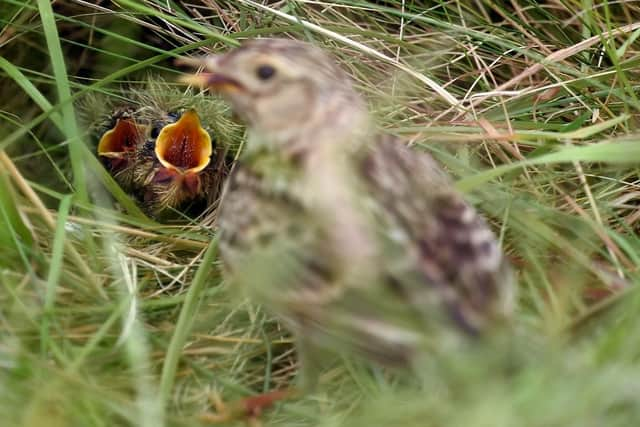

“Just before baby birds are ready to tentatively extend a wing, wiggle a tail feather and take flight for the first time, they leave their nest or ‘fledge’ as it’s called. The fledglings will appear fully feathered and hop around your garden in broad daylight, unable to fly and may appear like they need rescuing.
“Fledglings need two to three days on the ground and around the nest to grow their final flight feathers, and then suddenly, they’re off taking to the skies. Another common fear is that the fledgling has been deserted by its parents. But fledglings are extremely unlikely to be abandoned and should be fed throughout the fledging period.
“Mum and dad are probably gathering food or hiding nearby with a beady eye on their young. Removing a fledgling from the wild significantly reduces its chances of long-term survival - so please don’t accidentally kidnap the baby bird, even in a well-meaning way.”
Advertisement
Hide AdAdvertisement
Hide AdThe RSPB also notes that there is currently an Avian Flu outbreak across the UK and members of the public are urged to consider the following tips before acting on the welfare information below.
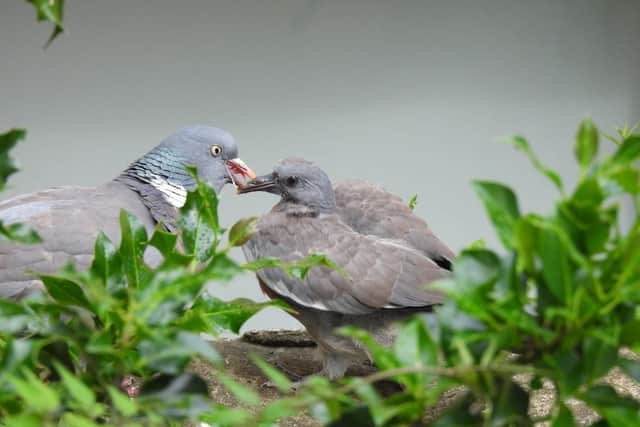

Even though the risk to humans is low, the RSPB advises the public to avoid all contact with wild birds, especially sick or dead birds. However, if you need to handle a bird, please wear impermeable gloves, and wash your hands thoroughly immediately after handling the bird. For further advice and the most up to date information, visit the DEFRA (England and Wales) website.
What do I do if I find a baby bird?
There are only a few circumstances when the public should lend a friendly helping hand to a baby bird.
Immediate danger
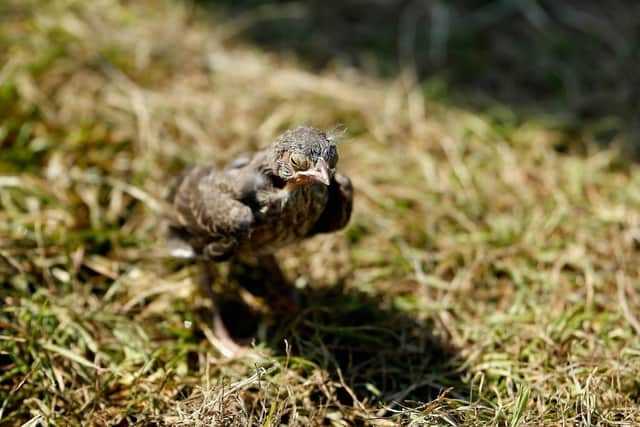

If the baby bird is found on a busy road or path, and if it is safe to do so, the RSPB advise it is picked up and moved a short distance to a safer place - this must be within hearing distance of where the fledgling was found.
Advertisement
Hide AdAdvertisement
Hide AdSimilarly, if you discover your cat or dog eyeing up a fledgling, it is recommended that you keep your domestic pet indoors as much as possible.
Injury
If the fledgling is injured or caught by a cat, the fastest way to get it medical help is often taking it to your local vets, most treat wild birds for free but make sure you call ahead first.
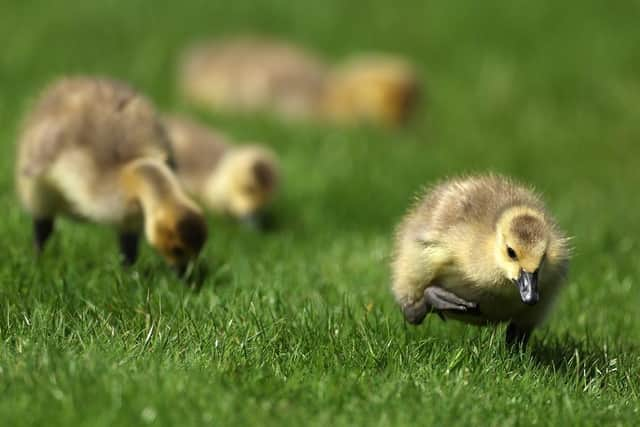

You can also contact your local wildlife rescue centre, found at the Help Wildlife website or call the RSPCA on: 0300 1234 999.
Nestlings
If a baby bird is discovered on the ground that is either unfeathered or covered only in its fluffy nestling down, it has likely fallen out of its cosy nest ahead of schedule.
Advertisement
Hide AdAdvertisement
Hide AdVery occasionally it is possible to put these babies back in their nest, but only if you are 100 per cent sure of the nest it has fallen from. If not, please give the RSPCA a call on the above number or contact your local wildlife rehabilitation centre.
Grounded Swift
If you find a swift on the ground it is likely to have a problem.
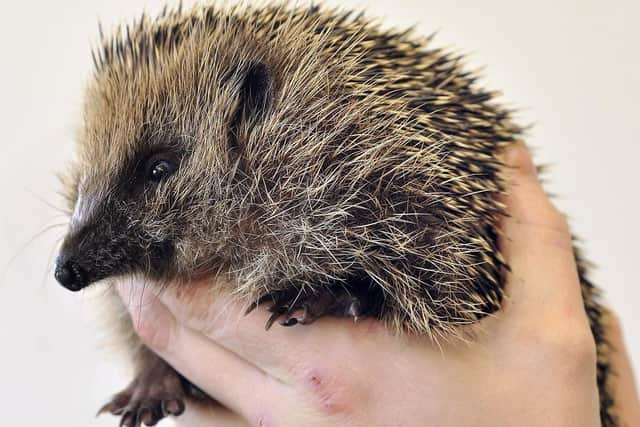

A healthy bird is able to take off from the ground level, however swifts are complex birds and many causes could have resulted in the bird being on the ground.
Gently pick up the grounded swift and place it in a suitable box on some warm fabric, a professional swift carer should then be consulted before attempting to launch or treat the swift. A list of experienced rehabilitators is listed on the Swift Conservation website, who can advise and may be able to take care of the casualty.
Barn Owl owlet
Advertisement
Hide AdAdvertisement
Hide AdIf you find an owlet on the floor, you must first confirm it is a Barn Owl not a Tawny Owl. Barn Owl owlets have a white, heart-shaped face and brown eyelid edges.
You can find more information from the The Barn Owl Trust website. Note the exact location where you found the owlet. It is not normal for young Barn Owls to be out of the nest before they can fly, if left they will likely be ignored by their parents and not survive. Contact a local rescuer, the Barn Owl Trust or the RSPCA to help.
Broken House Martin or Swallow nests
If you find a nest that has fallen with chicks in, you can use a shallow ice cream or margarine tub with some drainage holes in the base, or a low plastic flower pot will also work.
Place as much of the old nest inside the container with some hay and put the chicks inside, then place the nest as high up as possible, but if you can’t place the new nest under the eaves, you will need to put a lid of some sort on it to keep the worst of the weather out.
Advertisement
Hide AdAdvertisement
Hide AdThe parents should hear the chicks and continue feeding them, but if they don’t, they will need to be cared for by a wildlife rehabilitator.
Occasionally, a parent bird will intentionally eject a chick from the nest if they sense it has an underlying health problem or is dying. It is a harsh truth, as humans we want to fix things, but sometimes we need to allow the law of nature to run its course.
How can I help wildlife this summer?
Morwenna said: “So many people are passionate about nature and want to do their bit to help, here are our top four tips on how to do just that this summer.”
1 - Watch your step
More than half of England’s most threatened breeding birds nest on or near the ground; when out exploring nature, please follow the Countryside Code by keeping to footpaths, adhering to any signs flagging ground nesting birds, and keeping dogs on leads.
Advertisement
Hide AdAdvertisement
Hide AdBy watching your step this breeding season, you can help save the lives of some very vulnerable feathered friends. Some ground nesting farmland birds will also have two to three broods and you may still see fledglings into September. So when enjoying your staycation this summer please take care to watch your step.
2 - Make a splash for nature
Installing a mini pond in your garden, even a washing up bowl on a small balcony, will do wonders for your local wildlife, including frogs and toads, dragonflies, pond skaters, water lice, birds bathing - even bees get thirsty.
Ponds are the easiest way to quickly increase the biodiversity of your green space. Birds and other garden wildlife especially need water during the summer months when natural sources may dry up. A birdbath or a shallow dish filled with water, with some stones inside for perching, will really help them out.
3 - Build a hedgehog cafe
With the UK population of hedgehogs declining alarmingly, it’s important that we give them a home in our gardens.
Advertisement
Hide AdAdvertisement
Hide AdFeed the hungry hogs in your garden to help them build energy for raising hoglets, and fat reserves for their long winter hibernation.
4 - Grow plants for caterpillars
Butterfly caterpillars are fussy eaters and adult butterflies only lay their eggs on one or two types of plants, which they know their caterpillars eat.
By growing the right plants for the caterpillars in your area you can boost the population of adult butterflies. Having lots of plant variety in your garden will give the best chance of increasing butterfly populations.
Comment Guidelines
National World encourages reader discussion on our stories. User feedback, insights and back-and-forth exchanges add a rich layer of context to reporting. Please review our Community Guidelines before commenting.
